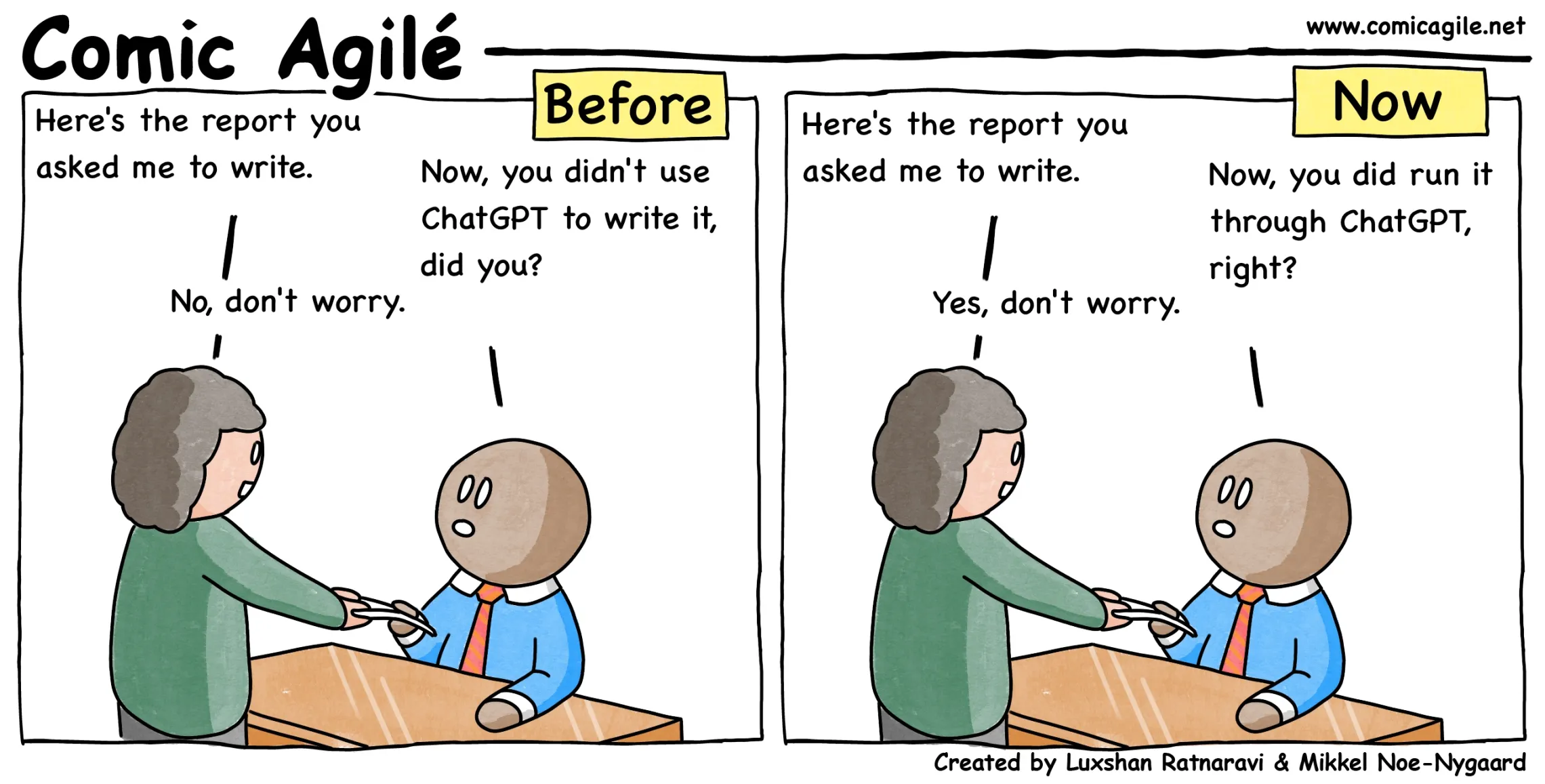In this course, you will engage in hands-on modeling, coding, and critical reflection about social systems. Academic honesty is essential—not just for your own learning, but for the integrity of our shared exploration. The guidelines below clarify what is expected regarding collaboration, originality, and attribution in this interdisciplinary setting.
Collaboration & Independent Work¶
Some assignments (such as labs or group projects) will involve collaboration, while others (such as essays or individual coding tasks) must be completed independently. The instructions for each assignment will specify what kind of collaboration, if any, is permitted.
When collaboration is allowed, you must still write up your own understanding and give credit to your collaborators.
For individual work, all writing, code, and analysis must be your own.
Plagiarism and Attribution in Social Modeling¶
In this course, plagiarism includes copying code, text, analysis, or model structure from any source (including classmates, online repositories, or generative AI) without proper attribution.
If you use ideas, code, or text from any source—including books, articles, websites, or AI tools—you must clearly cite the source in your submission.
When in doubt, cite your source! Proper attribution is a sign of academic integrity and intellectual honesty.
Consider these rules of thumb:
If you found it efficient to use copy/paste or use a generative language model to create more than one or two lines of your application, you must document the original source of the code.
If the moment you figure out how to do something occurs while you are looking at a website or at the output of a generative language model, you should document that website.
Note that these rules of thumb apply to the code supplied in this course’s materials as well.
Examples¶
Acceptable:
Discussing general modeling strategies or social theory concepts with classmates.
Citing and building on published models, as long as you clearly reference the source and explain your own contributions.
Using generative AI or online resources for inspiration, provided you document exactly what was generated or copied and how you used it.
Unacceptable:
Submitting code, text, or analysis from another student or online source as your own, without attribution.
Copying large sections of code or text from generative AI or websites and failing to cite the source.
Allowing someone else to submit your work as their own.
Note that if you and someone else both independently ask ChatGPT or Copilot (or some other LLM) to write code for you, and you both submit it, MOSS will detect it as identical and we will have to assume you cheated.

Figure 1:ChatGPT in the wild (comicagile.net)
Detection & Consequences¶
All submissions may be checked for similarity using tools like MOSS or other plagiarism detection software.
If significant overlap is found between your work and another source (including classmates, online code, or AI-generated content), it will be treated as academic dishonesty.
Academic dishonesty may result in a failing grade for the assignment or the course, and will be reported according to Calvin’s Academic Honesty policy.
If you are ever unsure about what is allowed, ask your instructor before submitting your work.